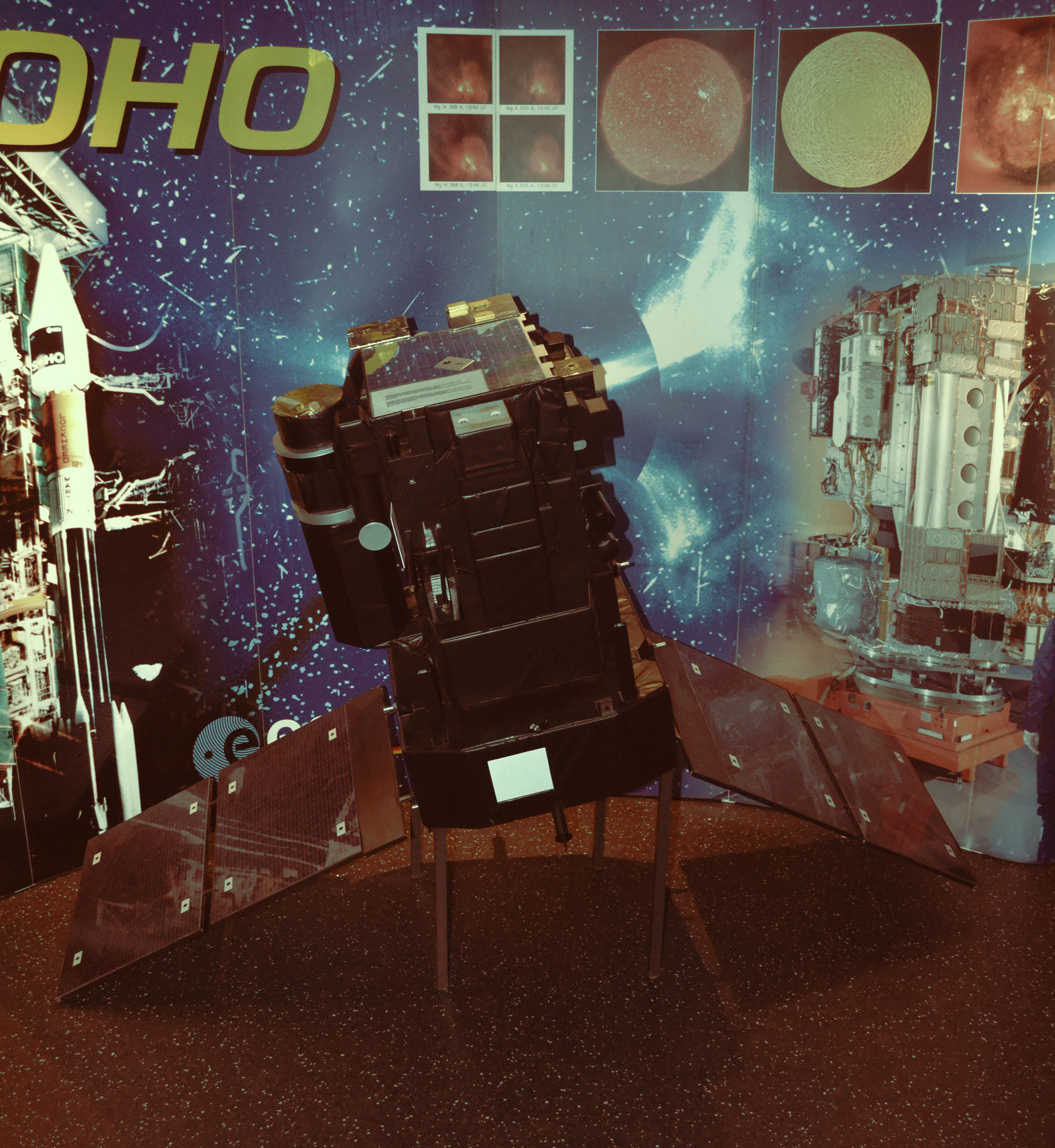|
Comet SWAN (other)
Comet SWAN most often refers to: * C/2020 F8 (SWAN), a comet visible from Earth in 2020 It may also refer to other comets named for the SWAN (instrument), SWAN instrument: * C/2006 M4 (SWAN) * C/2009 F6, Comet Yi-SWAN * C/2012 E2 (SWAN), C/2012 E2 * C/2015 F3 * C/2015 F5 (SWAN-XingMing) * 273P/Pons-Gambart, recovered in SWAN data in November 2012 and temporarily thought to be a new discovery until orbital calculations revealed it to be a comet last seen in 1827 {{disambiguation ... [...More Info...] [...Related Items...] OR: [Wikipedia] [Google] [Baidu] |
C/2020 F8 (SWAN)
C/2020 F8 (SWAN), or Comet SWAN, is an Oort cloud comet that was discovered in images taken by the Solar Wind Anisotropies (SWAN) camera on March 25, 2020, aboard the Solar and Heliospheric Observatory, Solar Heliospheric Observer (SOHO) spacecraft. In the glare of twilight, Comet SWAN is difficult to find with Binoculars#Objective_diameter, 50mm binoculars even though it is still near the theoretical range of naked eye visibility. The comet has dimmed since May 3. As of perihelion, the comet is very diffuse, does not have a visible Comet nucleus, nucleus and is not a comet that will be noticed by inexperienced observers. It is likely that the comet disintegrated. Observing On April 28, 2020 it had an apparent magnitude of 7 and was too diffuse to be visible to the naked eye even from a dark site. The comet was also hidden by the glare of twilight, zodiacal light and atmospheric extinction. It was originally best seen from the Southern hemisphere, Southern Hemisphere. It was ex ... [...More Info...] [...Related Items...] OR: [Wikipedia] [Google] [Baidu] |
SWAN (instrument)
The Solar and Heliospheric Observatory (SOHO) is a European Space Agency (ESA) spacecraft built by a European industrial consortium led by Matra Marconi Space (now Airbus Defence and Space) that was launched on a Lockheed Martin Atlas IIAS launch vehicle on 2 December 1995, to study the Sun. It has also discovered over 4,000 comets.(2,703 discoveries as of 21 April 2014) It began normal operations in May 1996. It is a joint project between the (ESA) and . SOHO was part of the Inte ... [...More Info...] [...Related Items...] OR: [Wikipedia] [Google] [Baidu] |
C/2006 M4 (SWAN)
:''C/2006 M4 is one of several SWAN comets; the others are C/2002 O6, C/2004 H6, C/2004 V13, C/2005 P3, P/2005 T4, C/2009 F6, C/2011 Q4 and C/2012 E2.'' Comet C/2006 M4 (SWAN) is a non-periodic comet discovered in late June 2006 by Robert D. Matson of Irvine, California and Michael Mattiazzo of Adelaide, South Australia in publicly available images of the Solar and Heliospheric Observatory (SOHO). These images were captured by the Solar Wind ANisotropies (SWAN) Lyman-alpha all-sky camera on board the SOHO. The comet was officially announced after a ground-based confirmation by Robert McNaught (Siding Spring Survey) on July 12. Although perihelion was Sept 28, 2006, the comet flared dramatically from seventh magnitude to fourth magnitude on October 24, 2006, becoming visible with the naked eye. Comet C/2006 M4 is in a hyperbolic trajectory (with an osculating eccentricity larger than 1) during its passage through the inner Solar System. After leaving the influence of ... [...More Info...] [...Related Items...] OR: [Wikipedia] [Google] [Baidu] |
Comet Yi-SWAN
A comet is an icy, small Solar System body that, when passing close to the Sun, warms and begins to release gases, a process that is called outgassing. This produces a visible atmosphere or coma, and sometimes also a tail. These phenomena are due to the effects of solar radiation and the solar wind acting upon the nucleus of the comet. Comet nuclei range from a few hundred meters to tens of kilometers across and are composed of loose collections of ice, dust, and small rocky particles. The coma may be up to 15 times Earth's diameter, while the tail may stretch beyond one astronomical unit. If sufficiently bright, a comet may be seen from Earth without the aid of a telescope and may subtend an arc of 30° (60 Moons) across the sky. Comets have been observed and recorded since ancient times by many cultures and religions. Comets usually have highly eccentric elliptical orbits, and they have a wide range of orbital periods, ranging from several years to potentially several millio ... [...More Info...] [...Related Items...] OR: [Wikipedia] [Google] [Baidu] |
C/2012 E2 (SWAN)
Comet C/2012 E2 (SWAN) was a Kreutz group sungrazing comet discovered by Vladimir Bezugly in publicly available images taken by the SWAN instrument ( Solar Wind ANisotropies) on board the SOHO spacecraft. It is recognized for being the first Kreutz sungrazer observed in SWAN imagery. Discovery On March 8, 2012, Ukrainian amateur astronomer Vladimir Bezugly reported an unknown comet in 3 images taken by the SWAN instrument on board the SOHO spacecraft. Further study of this object revealed that it was a Kreutz group sungrazer with a perihelion date on March 15, 2012. This was particularly interesting because no Kreutz sungrazer had ever been bright enough to be observed by the SWAN cameras, not even Comet C/2011 W3 (Lovejoy) which was visible to the naked-eye three months earlier. This meant that Comet SWAN had a chance of being an exceptionally bright comet. SECCHI and LASCO Observations The SECCHI HI1 camera on board the STEREO-B spacecraft was the first to observe the com ... [...More Info...] [...Related Items...] OR: [Wikipedia] [Google] [Baidu] |


.jpg)